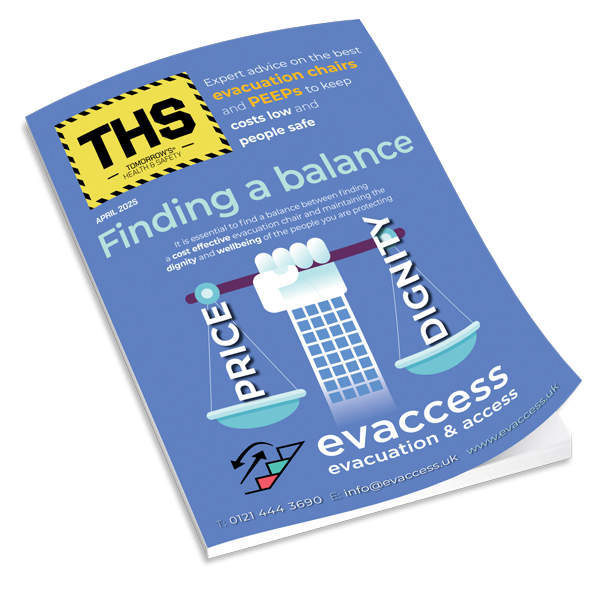You are here
- Home
- >
- Memorial Day
Call for compliance on Workers’ Memorial Day

Published on 28/07/2014
As we commemorate Workers’ Memorial Day, BOHS are calling on employers to comply with the legal exposure limits for known carcinogens, whilst urging the Health and Safety Executive (HSE) to be robust in its enforcement of the law, and the government to demonstrate the political will to prevent unnecessary loss of life from work-related cancers.
The latest statistics available from the HSE highlight what BOHS deem an unacceptably high number of deaths due to occupational cancers. It is estimated that about 8,000 cancer deaths and some 13,500 newly diagnosed cancer cases each year could be due to work-related exposures.
Commenting on the Society’s call to action on Workers’ Memorial Day, Mike Slater, BOHS President said: “We at BOHS are aware of the impact which cumulative budgetary reductions have had on the operational capacity of the HSE. However, the latest research commissioned by the HSE has indicated that almost all the cancer deaths from silica exposure could be prevented in the future if specific interventions to improve occupational hygiene controls were introduced. This example indicates that robust enforcement of existing regulations to improve compliance by employers is vital. Equally, it is critical that the government demonstrates its will to support the HSE with an adequate resource base in order to reduce the enormous social and financial costs of occupational cancer.”
He added: “We are concerned that too many employers are failing to tackle the risks associated with occupational cancer. Workers and employers should be aware that occupational cancer can and should be prevented. Occupational hygienists have the knowledge and skills to put in place cost effective, highly practical solutions which can control the complex risks associated with cancer.”
The Society is offering free access to a number of leading scientific research papers addressing the prevention of occupational cancers, which have been published in The Annals of Occupational Hygiene. T To access these papers visit http://www.oxfordjournals.org/page/5874/15
The latest statistics available from the HSE highlight what BOHS deem an unacceptably high number of deaths due to occupational cancers. It is estimated that about 8,000 cancer deaths and some 13,500 newly diagnosed cancer cases each year could be due to work-related exposures.
Commenting on the Society’s call to action on Workers’ Memorial Day, Mike Slater, BOHS President said: “We at BOHS are aware of the impact which cumulative budgetary reductions have had on the operational capacity of the HSE. However, the latest research commissioned by the HSE has indicated that almost all the cancer deaths from silica exposure could be prevented in the future if specific interventions to improve occupational hygiene controls were introduced. This example indicates that robust enforcement of existing regulations to improve compliance by employers is vital. Equally, it is critical that the government demonstrates its will to support the HSE with an adequate resource base in order to reduce the enormous social and financial costs of occupational cancer.”
He added: “We are concerned that too many employers are failing to tackle the risks associated with occupational cancer. Workers and employers should be aware that occupational cancer can and should be prevented. Occupational hygienists have the knowledge and skills to put in place cost effective, highly practical solutions which can control the complex risks associated with cancer.”
The Society is offering free access to a number of leading scientific research papers addressing the prevention of occupational cancers, which have been published in The Annals of Occupational Hygiene. T To access these papers visit http://www.oxfordjournals.org/page/5874/15
Categories
- CHAS AT SAFETY & HEALTH EXPO 2022
- Agriculture
- Asbestos
- Cleaning
- Compliance & Risk Assessment
- Conferences
- Construction
- Courts
- Culture & Behaviour
- Ear Protection
- Education
- Emergency Evacuations
- Events
- Eye Protection
- Feature
- Fire & Electrical Safety
- Floor Safety
- Gas Detection & Monitoring
- Hand/Arm Vibration
- Hazardous Substances
- Health & Safety News
- Health and Safety Executive
- Hospitals & Healthcare
- Human Factors & Ergonomics
- Hygiene
- In the Courts
- Legislation
- Lone Worker Protection
- Mental Health
- Noise Monitoring
- PPE
- Plant Machinery & Site Safety
- Products & Services
- Prosecutions
- Protective Clothing
- Protective Workwear
- Reports
- Respiratory
- Slips, Trips & Falls
- Standards
- Stress
- Technology
- Training & Development
- Transport & Logistics
- Webinars
- Wellbeing
- Whitepapers
- Work-related Diseases
- Working at height
















